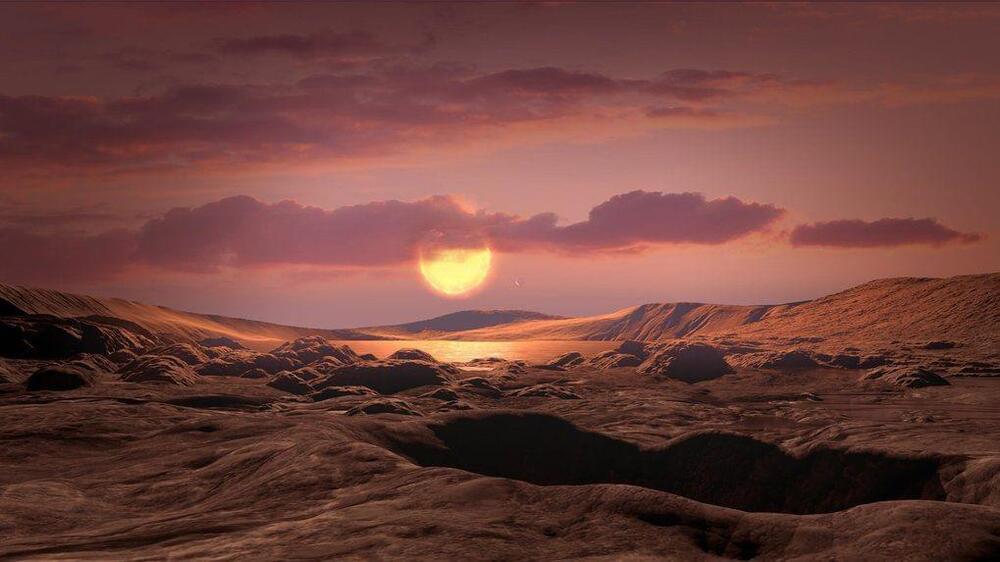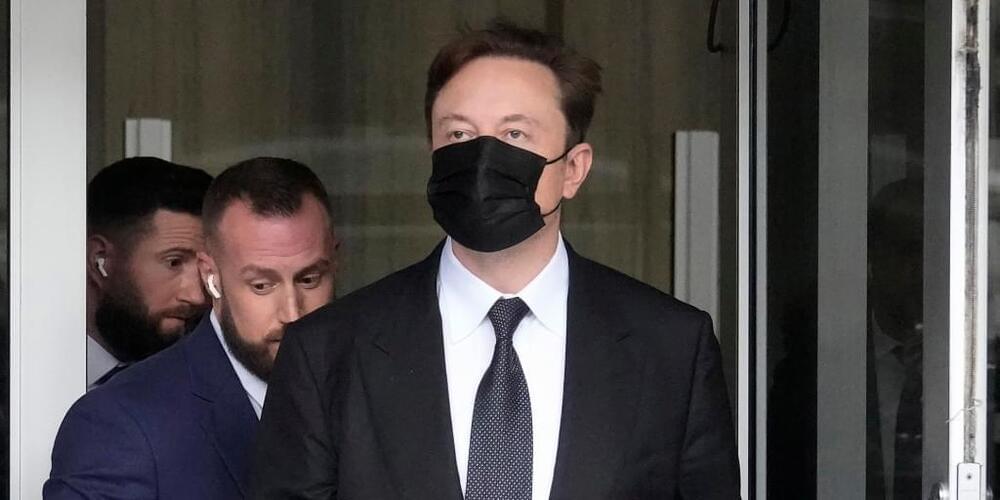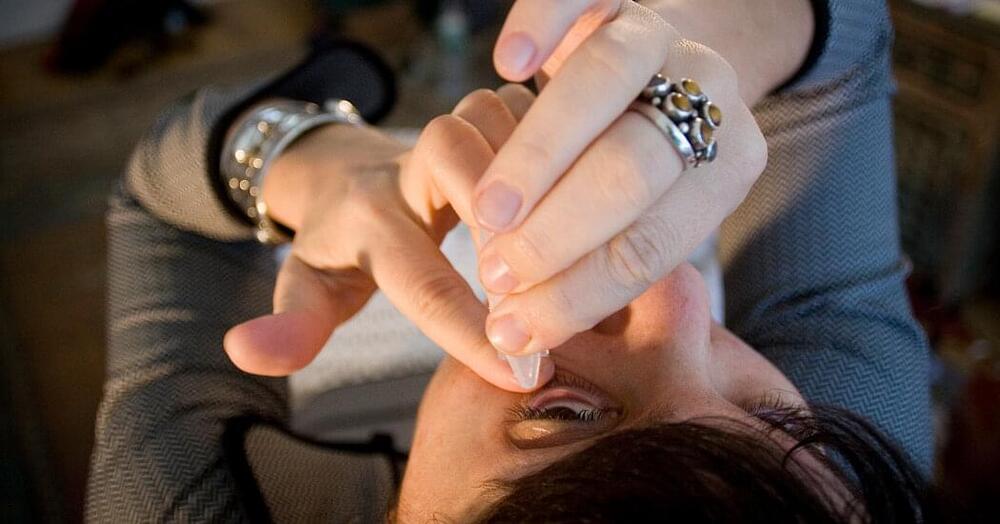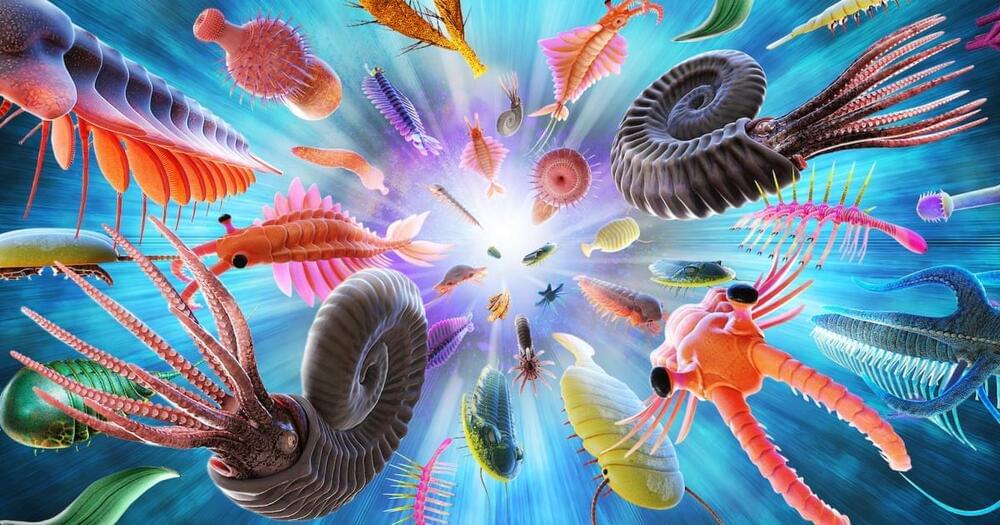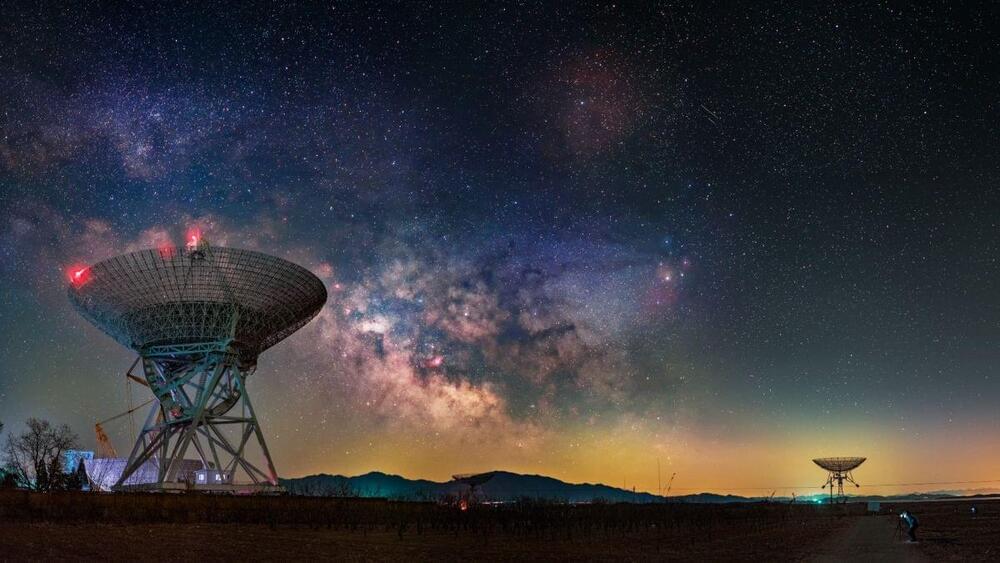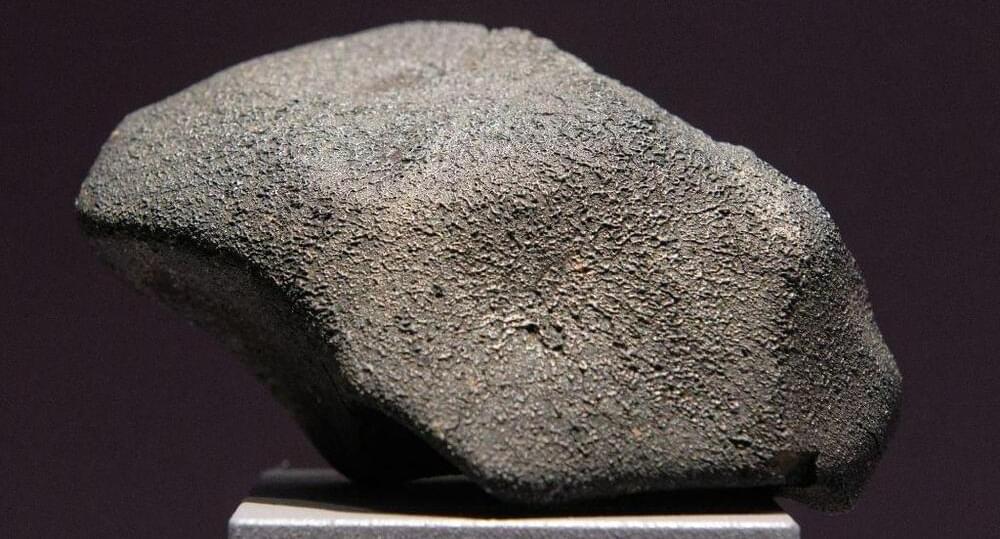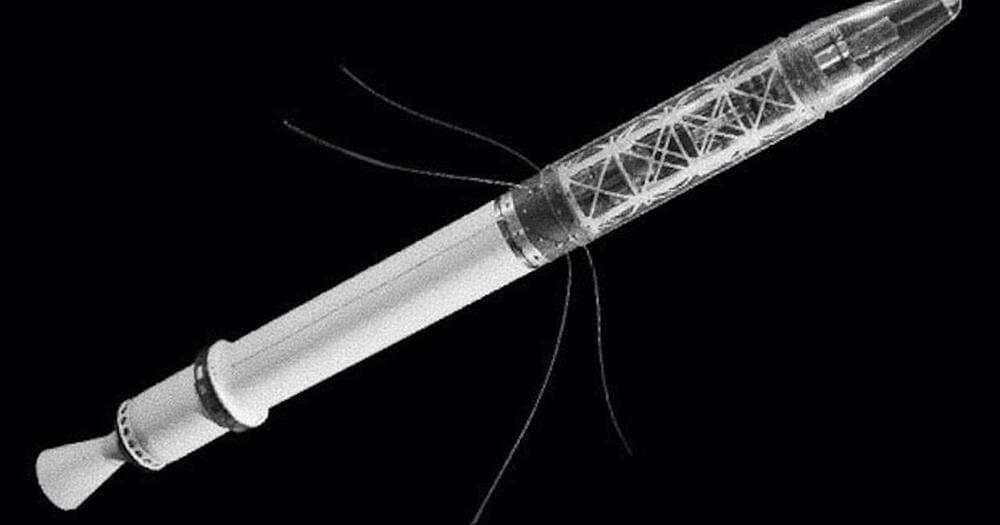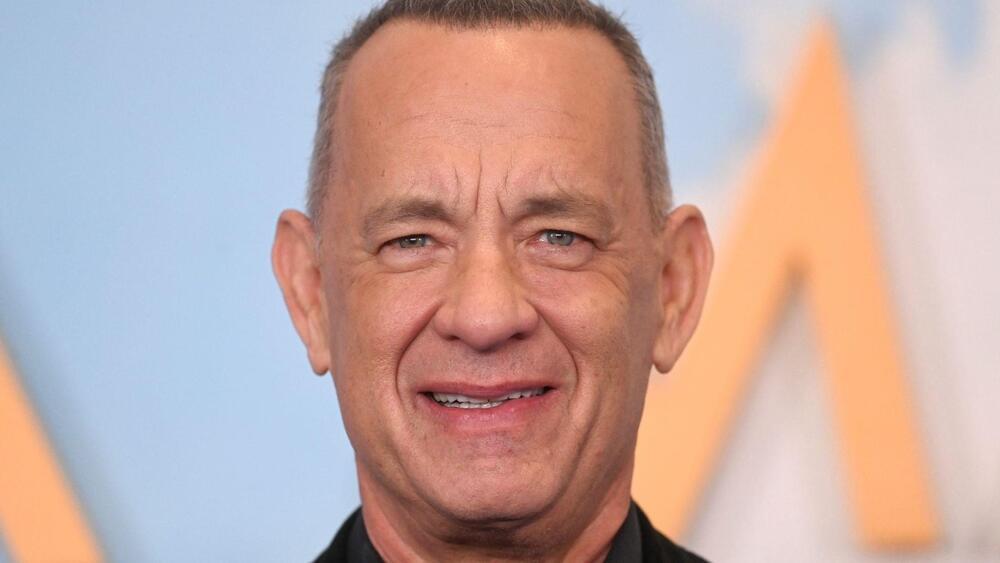Wolf 1,069 b offers a unique opportunity to study a potentially habitable and tidally locked exoplanet and how life might evolve in such an environment.
A jury found Elon Musk not liable for costing investors when he issued a series of tweets saying he had “secured” funding to take the electric car maker private.
The Friday verdict, issued by a nine-person Northern California jury, represents a legal victory for the 51-year-old billionaire, who has seen the value of his Tesla holdings decline some 44% over the past year.
During the trial, Musk personally took the witness stand to defend the tweets, testifying he believed he had a handshake agreement in 2018 with Saudi Arabia’s Public Investment Fund to convert Tesla, which is a publicly traded company, into a private one. It was the Saudis, he said, who subsequently reneged on the deal.
…however I found that the trial brings up the practice of short selling, which is why since the 2007 financial crisis has been made illegal everywhere but the USA. For shot sellers to actually try to sue someone is bizarre.
The maker of EzriCare Artificial Tears said it was recalling the eye drops after U.S. health authorities linked the product to a drug-resistant bacteria strain.
Emily Riehl is rewriting the foundations of higher category theory while also working to make mathematics more inclusive.
Evolution’s rapid pace after the Cambrian explosion
Though the work of Schopf and other paleobiologists continues to fill in the Precambrian fossil record, questions remain about the pace of the Cambrian explosion. What triggered life to evolve so fast?
The question has intrigued scientists of many disciplines for decades. Interdisciplinary collaboration has wrought a wealth of evidence from diverse perspectives — geochemical, paleoenvironmental, geological, anatomical, and taxonomic — that describes how biological organisms evolved in concert with changing environmental conditions.
Eight signals from far-off stars probably aren’t aliens, but the machine learning method that found them holds promise in the search for real extraterrestrials.
The study was undertaken by Yasuhiro Oba’s team from Hokkaido University in Japan and astrochemists at NASA. A few years ago, Oba developed a technique to delicately excavate and separate different chemical compounds found in meteorite dust.
Using their mild extraction technique that uses cold water instead of acids, scientists found life-creating bases and compounds in four meteorite samples from Australia, US state of Kentucky, and Canadian province of British Columbia.
The discovery of these compounds in meteorites means that it is possible life on Earth as it stands today was created by compounds that came from outer space.
Bill Gates, the Microsoft founder turned philanthropist, has called for a global response team to be set up to carry out surveillance for pathogens that can potentially ring in the next pandemic, Financial Times reported.
Long before COVID-19 struck, Gates warned the world of an imminent pandemic and the need to prepare ourselves to face it. Gates has been vocal about the long delays involved in the vaccine development process and the lack of equity in vaccine distribution in the world. So far, he has also been right about how the COVID-19 pandemic will play out and has pandemic avoiding strategies in his new book.
Dave J Hogan/Getty.
Metaphysic’s new Live tool creates high-resolution photorealistic faceswaps and de-aging effects on top of actors’ performances live and in real-time without the need for further compositing or VFX work.
